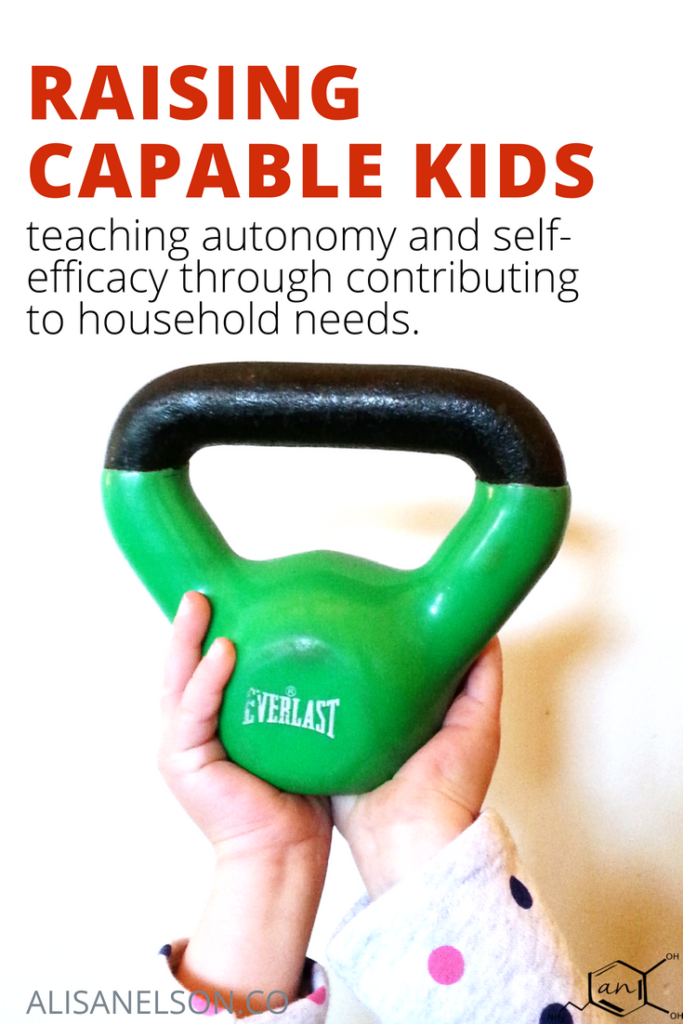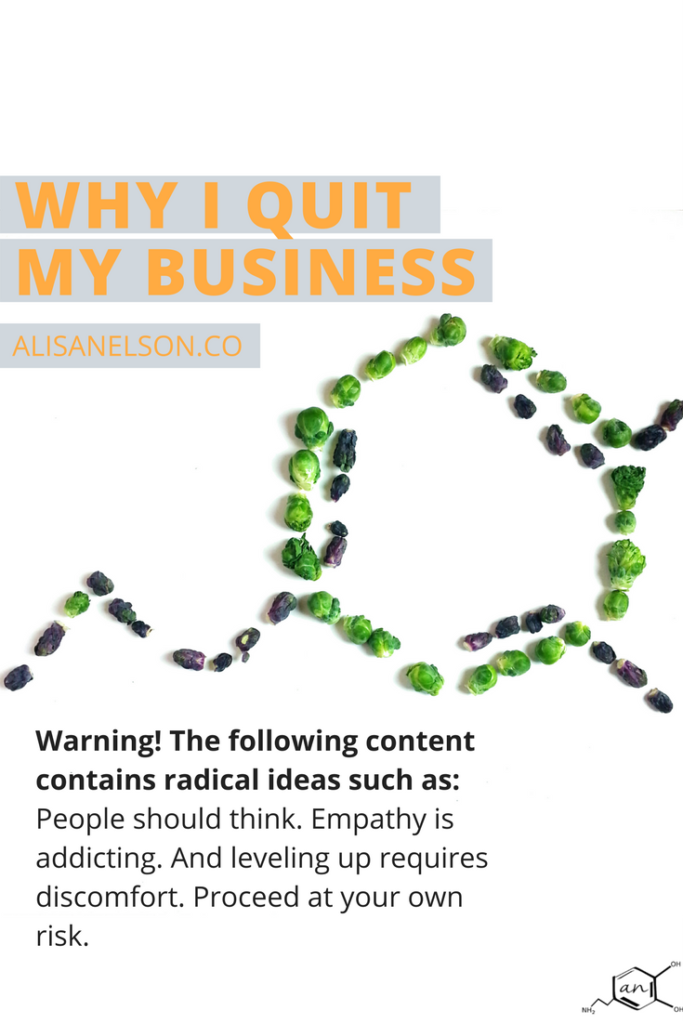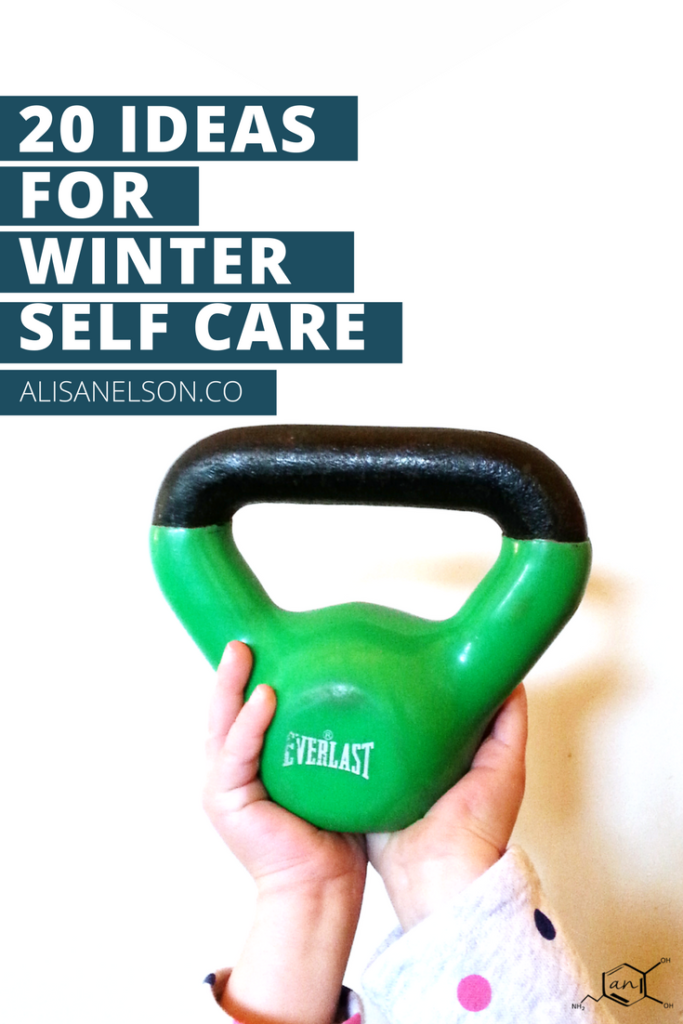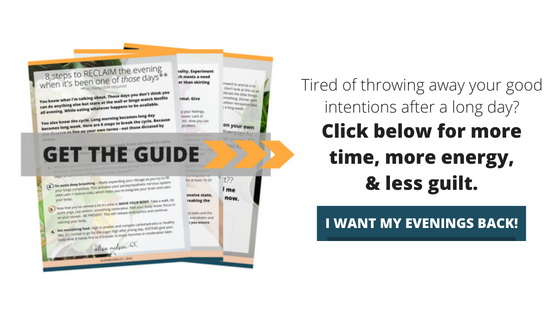Here’s the big idea: kids are capable of contributing to household needs through an individualized training approach. It’s a simple concept that can be challenging to implement – which is why I’m deconstructing our process at home right now. Like most large topics, this outlining of ideas and strategies needs to come in small chunks but I get asked about it enough that it’s time I start working toward a written document of what has been a 3-4 year ever-evolving system in our home.

There are many areas in which kids need to develop capability – there’s foundational skills like literacy, systematic thinking, and deadlifting, there’s specialized skills like art, music, bike riding, or a specific sport, and there’s the skills related to care of self and home. As parents we are most often thinking about how to make our children’s worlds as big as possible – how do we best use our time together to raise capable kids filled with the skills they need to make whatever they can dream up happen?
While the Olympics were going on in February, it occurred to me how natural it is to think about developing specialized skills for performance on a more global stage (where global is simply beyond the household). However, I think we often overlook the importance of training our children to contribute to the household…until we see adults patting themselves on the back for getting their laundry done.
I get asked about this topic frequently because I share images of our life which includes my kids being responsible for keeping our home.

Inventory, my children currently contribute to (and lead):
- Breakfast preparation for whole family
- Lunch + Snack preparation for self
- Dinner prep: Chopping vegetables, cooking rice/pasta, cooking meat, washing fruit, grating cheese, setting the table
- Taking care of dirty dishes after meals
- Emptying the dishwasher
- Sweeping + mopping floors
- Vacuuming all carpeted areas
- Cleaning main spaces of house and personal bedroom
- Making their beds
- Washing, drying all laundry
- Folding and putting away their clothing + all towels
- Cleaning the bathroom
- Getting themselves dressed + ready for the day (including selecting clothing appropriate for activity / weather)
- Personal hygiene
- Getting themselves ready for naps / bedtime
- Preparing themselves for leaving the house (including getting outdoor clothes on and gathering any required materials for destination – i.e. library books they need to return)
- Pantry inventory + compiling the grocery list for the week / month
- Helping plan the meals for the week
- Garden planning + care
Acquiring the above list has been in process over the last 3-4 years where we have slowly added new skills as kids’ physical capability grows and the need arises. A study in the big ideas employed by women like Maria Montessori directed our attention to the importance of “if the child can do it, they should do it” and we began designing our space to allow for small children to become as autonomous as possible from the time Freyda was around 18 months old. We continue to reassess our home to modify as a new level of independence becomes possible.
I have also worked to internalize Montessori’s focus on observing the child you have. Children go through stages in which areas of development are naturally interesting. For example, Arthur has been in a language phase for about a year. He is excited to practice reading pretty much whenever asked and will often initiate a conversation on letters (that starts with ___, that word rhymes with ___) and words (what does ___ mean?). In parallel, he has a growing interest in writing and drawing. These interests are predictable as he sees his older sister do things AND has gained prerequisite skills that open up the possibility of gaining new skills in language.
An amoeba is a good visual for how I’ve seen this play out. Amoebas are microscopic organisms that are constantly extending pieces of themselves in order to envelop nutrients in their environment and move around. They can extend in multiple directions and are pretty oddly shaped. So it is with a child’s capability. A child’s zone of capability is not perfectly round where every area is expanding at a uniform rate. This means that parents cannot take a uniform or standardized approach to capability growth. Sometimes a child will show natural interest or “readiness” – I’ve certainly heard stories of children initiating potty training or learning to read. Other times the parent must assess the child’s readiness based on associated capabilities and the needs of the household. Meaning if the child has prerequisite skills, they don’t need to explicitly tell you they are ready, (nor does the learning period need to be instantaneous – why would we expect them to get something on the first try?).

Quick anecdote to illustrate:
Freyda began folding laundry at a much younger age – before she was 2. Whereas Arthur only recently began contributing beyond sorting or finding his own clothes – after he turned 3. For Frey it was because she taught herself how to fold. She would fold and re-fold burp cloths as part of play. Arthur on the other hand began contributing because we knew he was capable – not because he showed a particular interest. We began in a similar way as Freyda – he helped sort laundry and practiced folding small towels and rags. But because he was older he was expected to progress at a faster rate to the point where he is expected to contribute the same amount as Freyda after just a few months. As Arthur’s capability grew, we began to expand Freyda’s responsibilities where she learned to run the washer and dryer and now works together with her brother to execute every step of the laundry procedure rather than just the folding and putting away.
As I wrap up this first segment I’ll touch on a couple key elements that were involved in the above laundry example: agile thinking and procedures.
It’s easier when the child initiates developing a skill or acquiring new responsibilities. But that is rare by my estimation. More often it’s up the parents to be thinking about the edges of their children’s capabilities and what does the household need from its participants. This is difficult to do because it feels a bit anti-schedule and it’s certainly anti-curriculum. If you’ve ever ventured into Pinterest territory on early education ideas then you’ll see the expected path of development in the form of seasonally themed activities. Specific to household – any “chore list” will be very basic, and more geared toward “water play” than an expectation that a toddler or preschooler will contribute substantively. Montessori is an exception in some ways but not all…I still most often see it executed as activities determined by what the child expresses interest in over the needs of the household.
To have agile-thinking in your child’s development you have to
1. Know their current capabilities [specific to each child]. To be agile is to be able to quickly change directions. Looking closely at your own child will help you develop a personalized approach that can pivot when needed rather than getting stuck in any one direction.
2. Consider what a household task entails physically and mentally.What does the child need to understand in terms of safety or in order to reach the desired outcome? Do they need a stool? Are the tools appropriate sizes for their hands? What’s the simplest (yet useful) skill they can begin practicing first? Most likely you will be able to find clever ideas online in terms of increasing your child’s independence.
Some changes that have made a big impact for us:
- Stools everywhere
- Kitchen layout that gives children access to their own dishes, storage containers, and the appliances we use regularly
- Water station where they can fill measuring cups, drink cups, cereal bowls, etc without needing access to the sink
- Lots of rags in easy reach for cleaning
- Oatmeal making station where all ingredients are kept in one place
- Simple ingredient cleaning supplies so they can handle them without me
- Appropriately sized toilet seat
Once you’ve got some entry points for how your children can contribute their current + growing capability to the needs of the household, it’s time to think about procedures. This has been surprisingly difficult for me – I’m not very methodical by nature so it’s taken time to uncover why I do things the way I do and pass those on (or change my habits) as appropriate (ie sweeping pattern for efficiency and efficacy).
[[I also had to confront the fact that I run around the house like a crazy person when we are trying to leave.]]
Everything a child does should have a procedure linked to it – if it doesn’t it will still fall to you to ensure everything gets done. Which means you’ll have kids all dressed in their snow gear who suddenly need to use the bathroom because you didn’t think to remind them to do it before they got dressed. Sure, you might be capable of holding each step in your head and issuing the next element at the appropriate time – [[necessary for a time since remembering a set of instructions is itself a skill that children acquire as their brains develop]] – but your kids will continue to be habituated toward waiting for the next instruction rather than letting one action initiate another in the procedure (ie needing mom’s reminder to wash hands rather than habituating turning on the sink water after flushing the toilet).
Example procedure our kids use when preparing to leave the house:
- Gather all necessary materials for in the car (library books, grocery bags, etc)
- Use the bathroom
- Get dressed
- Get in the car and buckle up
Now it is my job to initiate the procedure rather than each individual step for leaving the house.
There is a lot more to be said on this topic but I’m ending here for now.
Action steps:
- Inventory how your children currently contribute
- What’s the adjacent possible?
- What do those new roles require physically and mentally? What behaviors indicate your child is capable of beginning to learn the new skills?
- What adaptations does your home need to increase independence in completing the task?
- What procedure will you train your child in to decrease confusion and increase self-management?
Things to keep in mind:
- Training in a skill just outside current capability most often has a learning curve.
- Your child will most likely suck at first. They are learning to coordinate a new skill’s physical movement alongside extending attention span and following a new procedure that hasn’t been habituated yet.
- You will get frustrated. Again, that’s just a part of the territory when expecting a child to learn something new in order to contribute. Frustration may be a sign of needing to rethink the procedure but it is not a given that the child isn’t “ready” or that you just aren’t cut out for this.
- This takes commitment. Which will get a whole post all to itself. But as a visual: whenever a mom asks me about potty training one of the first things I talk about it that you must get rid of the diapers…if they are an option in your mind you’ll be looking for signs they aren’t ready rather than signs that they are getting it.
- You are giving a gift to your future self and the future self of your child – autonomy, power of an attentive mind that takes pride in their work and values their time, a foundation of skills that many current adults don’t have, a family that is capable of doing work together, etc.







